English Dub Season Review: Tales of Wedding Rings Season One
Overview (Spoilers Below):
Sato (Corey Wilder) is a high school boy in love with his best friend, Hime (Ezra Vervin), an unearthly beauty from another realm. So when she moves back to her home world to get married, Sato doesn’t think twice—he follows her and crashes the wedding. Then, after a kiss from Hime, he suddenly becomes the new groom! But here, Hime is a Ring Princess, and her husband is destined to be the Ring King: a hero of immense power.
Our Take:
Tales of Wedding Rings is an anime adaptation of a manga series written and illustrated by Maybe. It is directed by Takashi Naoya, with Deko Akao writing the script. It is produced by Staple Entertainment, the studio behind other shows like 3 Seconds Later, He Turned Into a Beast and Am I Actually the Strongest?. Saori Nakashiki handled the character designs, and Satoshi Hono composed the music. The opening theme song is “Lover’s Eye” by Sizuk, and AliA performed the ending theme, “Kokoro no Naka.”
Marriage is seen as one of the significant steps of adulthood. It takes love, commitment, and loyalty to make your partner extremely happy, especially one who’s your childhood friend. For this particular series, however, one marriage simply isn’t enough. When you have to propose to more than one wife, it can be a delight until you realize that it’s not all that’s cracked up to be, especially when a specific prophecy is involved. The series I’m referring to is Tales of Wedding Rings, one of my few exposures to adult-rated anime fare. While it doesn’t have much extreme violence and gore that warrant its mature rating, that doesn’t stop it from being something you’d rather watch alone than with your parents. But does its risqué content make for a delightful piece of fan service? Well, maybe for those who don’t mind its sexual appeal. Besides that, it’s a passable yet flawed isekai-esque anime that offers more familiar ideas than new ones.
The best way to describe Tales of Wedding Rings from the first few episodes is that it’s Avatar: The Last Airbender but with marriage. Instead of using bending to master the four elements to bring peace and harmony, the series’s protagonist, Satou, has to gain those powers through polygamy marriage. Boy, The Last Airbender would’ve been a very different show if Aang had to perform that prophecy instead of bending. Most of the time, I was reminded of the Nickelodeon show regarding its elemental rings and kingdoms the characters visited. But sometimes, Tales of Wedding Rings offered different approaches to avoid becoming a carbon copy of The Last Airbender. It sometimes works in avoiding being more derivative than it already had. However, it lacks the depth of the series’s emotion and action to make it stand out from other fantasy harem shows.
But to give credit where it’s due, Tales of Wedding Rings did attempt to balance its prophecy-esque narrative with elements from other hentai anime. As someone experiencing this type of anime for the first time, I was initially concerned the series would focus more on its fan service instead of providing an interesting story. While it has moments of the princesses being shown in the nude, they’re surprisingly not enough to derail its seasonal plot in favor of pleasuring viewers with the princesses’ sexualization. Instead, the hentai elements were used as Satou’s obstacle during his journey to have a normal relationship with Hime. The result is hit-and-miss, but it’s admirable enough to make the series more than just pointless hentai.
The only characters that sparked some interest in the series were Satou and Hime, whose relationship is tested by the harem prophecy. Even though Satou was granted the role of marrying more than one princess, it didn’t hinder his generosity and commitment toward Hime, whom he has fallen in love with since they first met as kids. Plus, his hesitation prevented him from having sex with the other princesses instead of Hime. Regarding his personality, I would say that Satou is relatable in how to approach a healthy relationship with a loved one, especially having sex after marriage. Hime also wishes to be with Satou but is conflicted between performing her duty as the Ring Princess and living a normal life with him. The fact that it made the protagonists more than just pawns to the ecchi formula was pretty commendable, even though the humor and drama involving their personalities were hit-and-miss.
As for the supporting characters, the princesses had moments regarding their personas amid their sexualized physiques. However, the only character with the most development besides the protagonists was Marse (Jeff Plunk), the Imperial Prince of the Gisarus Empire. Marse was initially chosen to become the Ring King before Satou arrived to take the title unintentionally. Although initially perceived as a jealous prince whose glory was stolen from him, Marse is actually a compassionate ally training Satou to become the next Ring King. The sixth and seventh episodes have Marse’s loyalty to Satou tested when his past returns to haunt him, especially when it involves his abusive father, the Emperor. Marse’s arc was one of the show’s highlights because it avoided the love triangle aspect to make the prince likable rather than self-absorbed.
Finally, we have its animation by Staple Entertainment. Tales of Wedding Rings was my first exposure to this animation company despite its interesting filmography. Based on what I saw, I questioned how it’s still getting more work. Although the style of the show is not terrible, there were instances where it struggled to maintain consistency. The animation sometimes worked well to provide fan service and showcase the show’s character designs. However, there were also a few moments that suffered from poor lighting and lackluster quality, particularly regarding the action sequences.
Overall, Tales of Wedding Rings is a harem fantasy adventure that doesn’t entirely take full advantage of the plot elements it uses. It’ll likely satisfy those obsessed with similar harem shows, especially ones designed for a mature audience. However, those who aren’t will probably be better off with one wife than five. The show has a few tolerable moments to keep its journey from being third-rate, including its characters, Marse’s arc, and several instances of awkward humor. Unfortunately, they’re not enough to make its formula stand out from other shows with similar concepts, mainly The Last Airbender. Its storytelling and voice cast range from tolerable to lackluster, the latter being from Max Hartman as Alabaster in one of the episodes, and the animation struggled to maintain its consistency. As of this writing, a second season has already been announced, so hopefully, it’ll allow itself to improve its mistakes and make this harem journey worth people’s time, including mine.

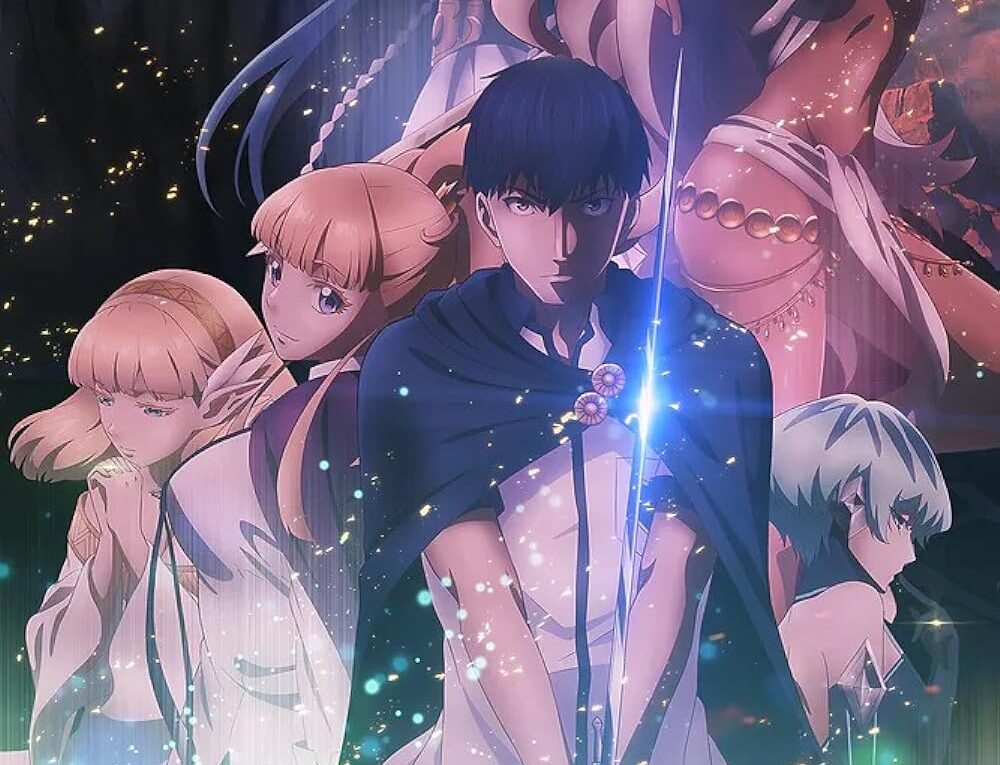
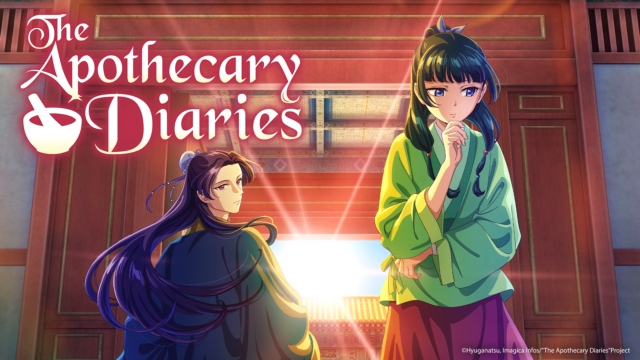


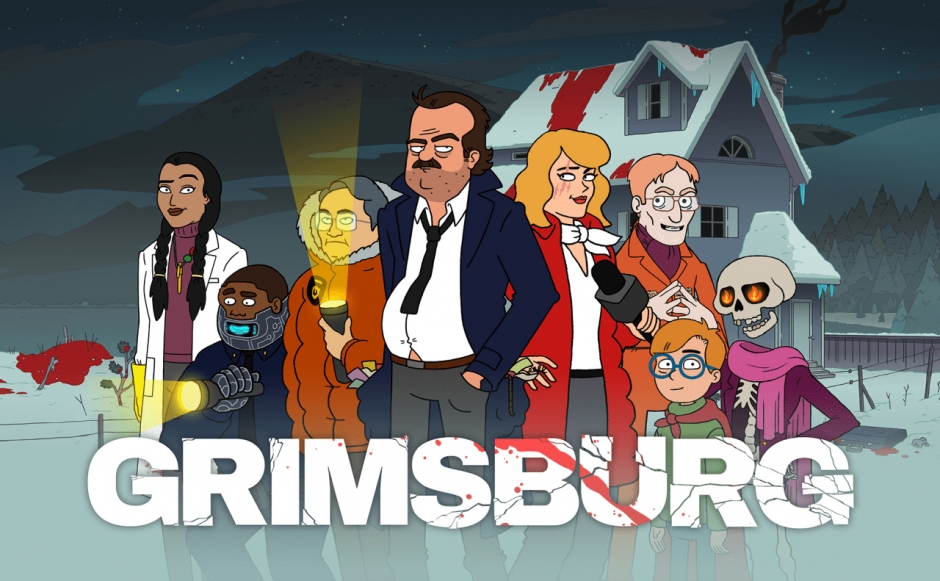




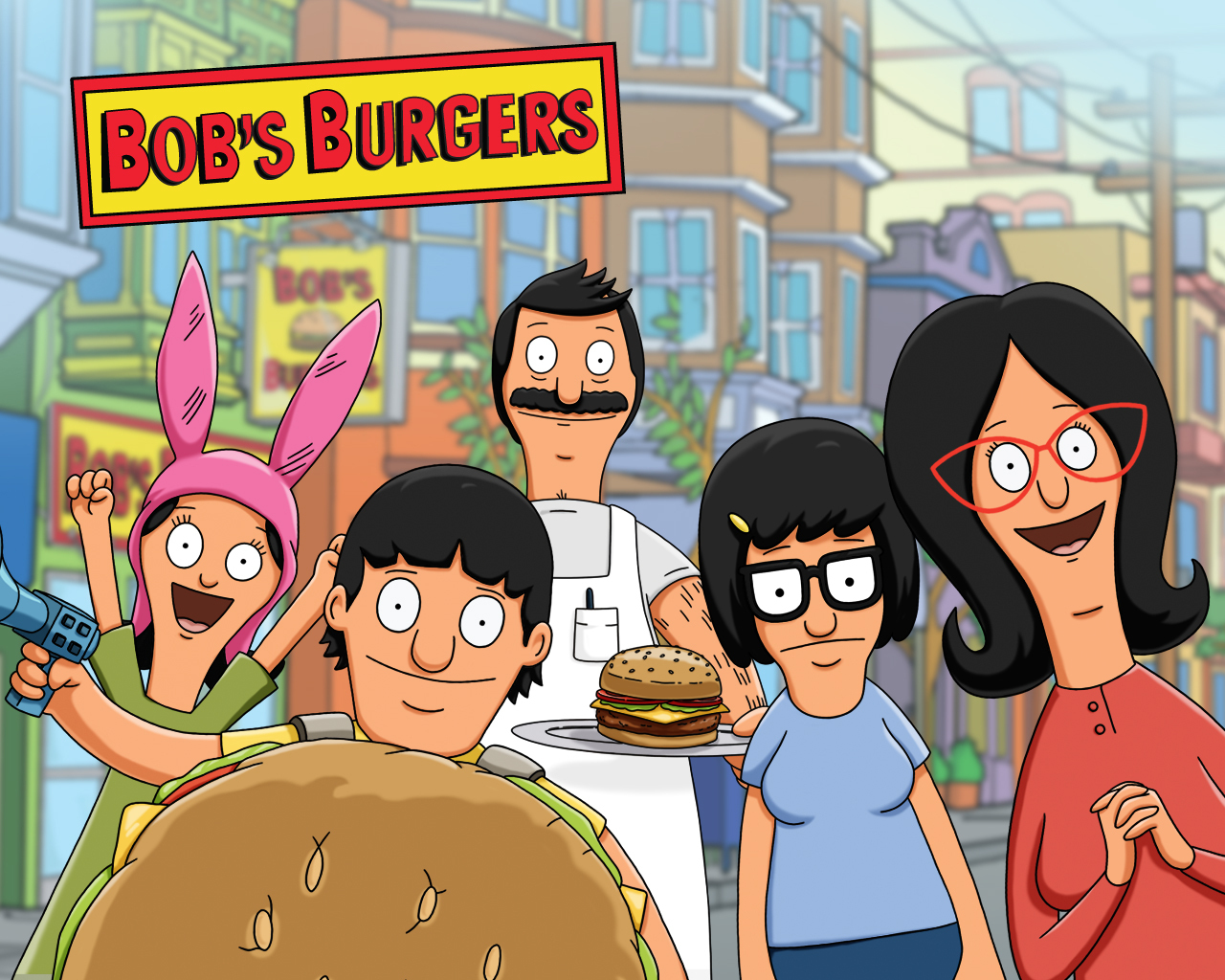







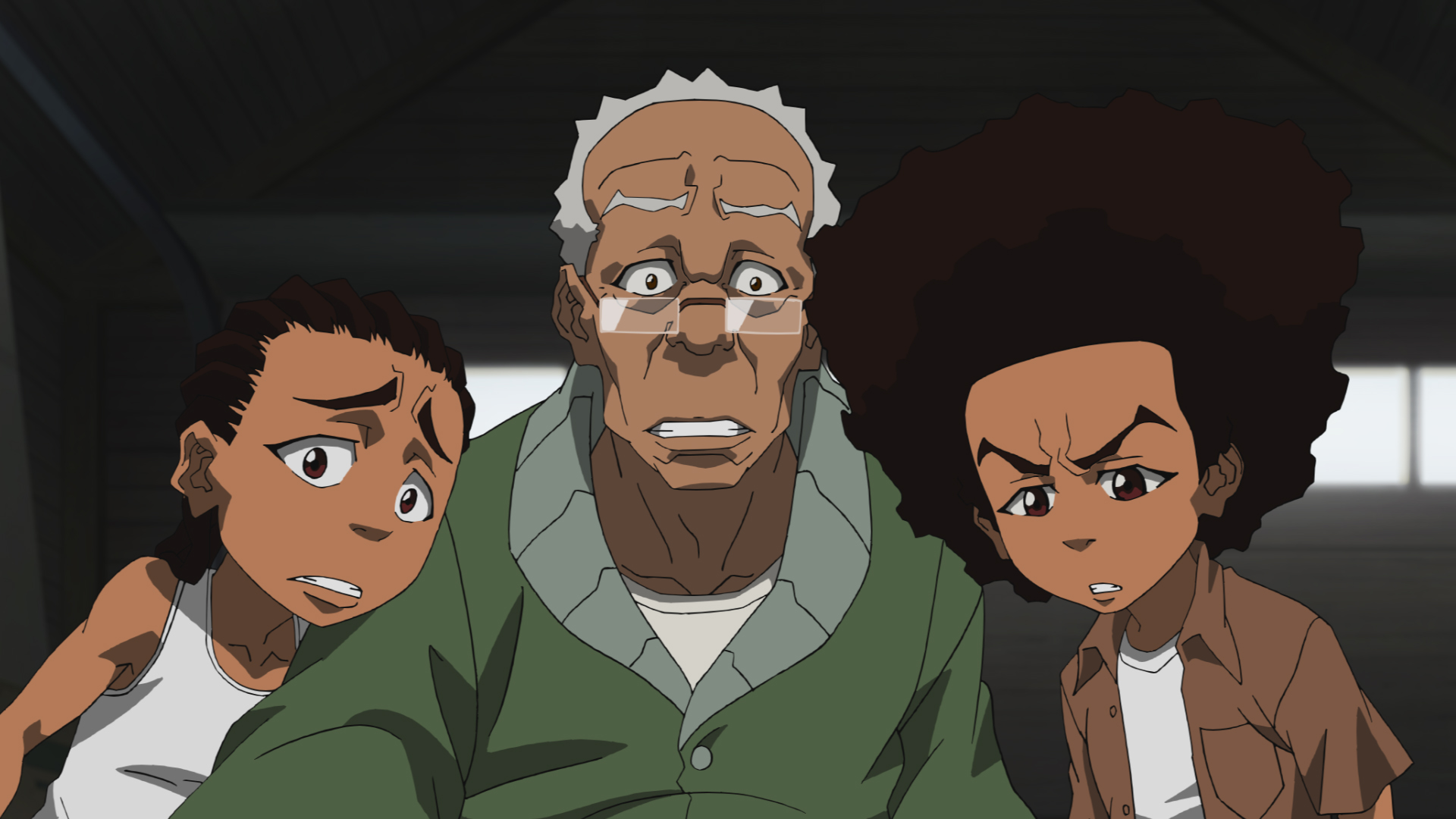





"There are also other characters that come and go (also owned by the Warner Bros. Discovery conglomerate media company)."
Huh. Is that just referring to other characters from the show itself, or is this implying that the new season is going to have cameos from other WBD IPs